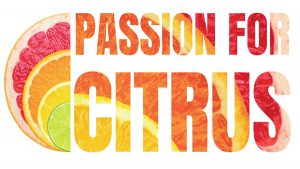For Boca Raton, FL-based Bova Fresh, LLC, a grower-shipper and importer, one big success story in 2018 was its lemon business.

“We import lemons from Chile and also Mexico. Given the quality of the product,” said Julio Ortuzar, director of imports. “We’re concentrating on Chilean lemons. In the past, we’ve also bought Spanish lemons, dependent on what’s occurring with the California season.”
Lemons are a crop that has shown a greater tolerance of Huanglongbing disease, or HLB, commonly known as citrus greening disease.
While research efforts are underway in a variety of regions to combat the disease, HLB continues to pose a serious threat to the health of the orange and grapefruit industry in Florida and, more recently, California.
Current acreage in Florida devoted to lemons is minimal, dwarfed by frontrunner California and the nation’s second highest producer, Arizona. However, during what many refer to as the heyday of Florida citrus, the 1970s, lemon acreage was considerably higher.
Post-Hurricane Irma, there was at least some speculation among industry observers that commercial production of Florida lemons could be on the rise again.
The lemon category, encompassing fresh as well as processed (converted into juice as well as oil), was strong throughout 2018. To be a competitive player in Florida, imports are key.
Bova Fresh, unaffected by the tariff situation given its primary trading partners, appeared well positioned.
“We see huge demand for imported lemons,” Ortuzar said. “It’s a pretty good market, with prices in the low 50s.”
This is an excerpt from the most recent Produce Blueprints quarterly journal. Click here to read the full article.


